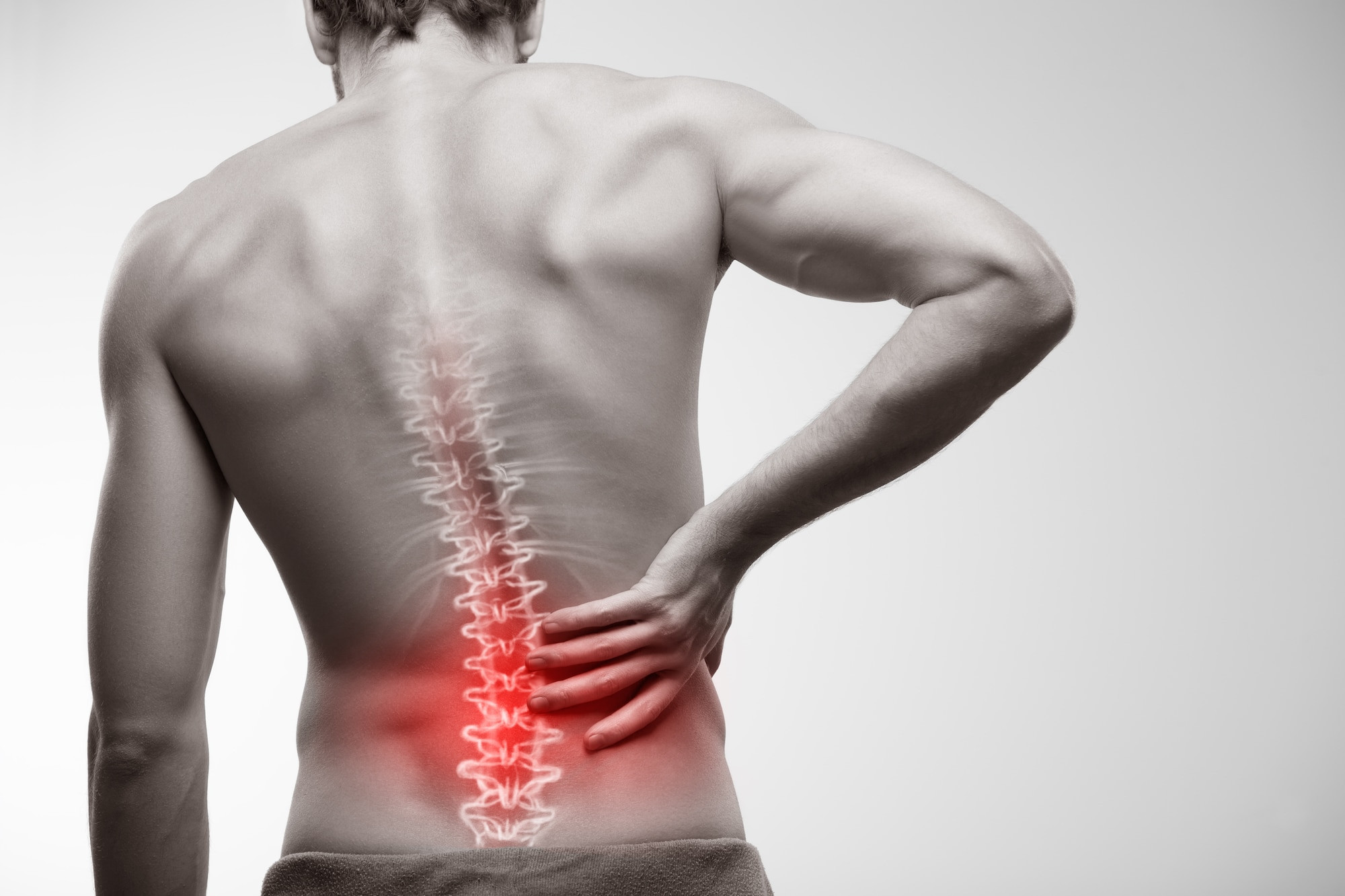Definition
Hemifacial spasm is a term used to describe a neurological disorder in which the muscles on one side of the face twitch or contract continuously and uncontrollably. "Spasm" means sudden and involuntary muscle contraction, "hemi" means partial, and "facial" means face.
Hemifacial spasms can occur in both genders, although it is more common in women. Additionally, hemifacial spasm usually occurs more frequently on the left side of the face.
This condition is not dangerous, but the uncontrollable and continuous twitching and muscle contractions can cause frustration and discomfort. Patients' quality of life may decrease due to these complaints. In severe cases, these twitches can affect facial muscle functions such as the ability to close the eyes and speech.
Typically, the disease begins with twitching in one eye. Gradually, the spasm will be felt in the lower part of the face, such as the mouth. This disease is considered rare, with an estimated global prevalence of 14.5 per 100,000 women and 7.4 per 100,000 men. Studies indicate that Asians may be slightly more affected by this disease compared to respondents of other ethnicities.
Causes
The causes of hemifacial spasm vary. There are two categories of hemifacial spasm: primary hemifacial spasm and secondary hemifacial spasm. The cause of the spasm depends on the category of the disease.
In primary hemifacial spasm, muscle contractions can be caused by pressure on a blood vessel in the brain that innervates the facial nerve. Most cases of hemifacial spasm are believed to be caused by this.
In secondary hemifacial spasm, it is usually caused by underlying diseases or conditions, such as:
- Facial nerve injury
- Bell’s palsy, paralysis of one side of the facial muscles
- Brainstem abnormalities such as multiple sclerosis
- Parotid gland tumor, two salivary glands located near the ears
- Ear and mastoid infections behind the ear
- Brain aneurysm
- Angioma is a benign tumor of the blood vessels or lymph vessels
- Stroke, etc.
Sometimes, hemifacial spasms can also be triggered by frequent facial muscle movements, anxiety, stress, and fatigue.
Read more: Multiple Sclerosis - Definition, Cause, and Risk factor.
Risk factor
Although hemifacial spasm is rare, the following factors can increase the likelihood of experiencing it:
- Female gender
- Asian descent
- Age over 40 years
- History of central nervous system diseases (brain and spinal cord), either personally or in the family
- History of facial injury
Read more: Stroke - Definition, Cause, and Risk factor.
Symptoms
The initial symptom is usually unconscious twitching in one part of the face. Twitching starts in the eyelid, a condition also known as blepharospasm. Patients often find this condition worsens during anxiety or fatigue. It can also make it difficult to close the eyes completely or open them easily. Spasms can occur even while sleeping.
Over time, twitching can spread to other parts of the face, such as the eyebrows, cheeks, mouth area, chin, jaw, and upper neck. In some cases, hemifacial spasm can spread to all the muscles on one side of the face.
As twitching spreads, other symptoms may appear, such as:
- Changes in hearing ability
- Ringing in the ears (tinnitus)
- Ear pain, especially behind the ear
- Stiffness in the entire face
Diagnosis
Medical interview
During the interview, the doctor will ask about:
- The patient's main complaint and any accompanying complaints
- How long the patient has been experiencing these complaints
- The patient's medical history
- Lifestyle and daily activities
- Medication history
- Family medical history
Physical examination
The doctor will start with a general physical examination, checking the patient's consciousness, breathing rate, blood pressure, body temperature, and pulse. The doctor will then conduct a neurological examination to check the facial nerves and assess any decrease in function.
Supporting examination
The doctor may conduct additional tests, such as:
- MRI: to detect abnormalities in the blood vessels in the brain and check for tumors.
- EMG (electromyography): to record electrical activity in the nerves and muscles.
Management
The main goal of treating hemifacial spasms is to reduce muscle contractions.
Non-surgical Treatment
-
This can include oral medications and injections. Oral medications, usually prescribed for mild to moderate symptoms, may include anticonvulsants to reduce unwanted muscle contractions. Botulinum toxin (Botox) injections can "paralyze" continuously contracting muscles, with effects lasting several months and renewable after the medication wears off.
Patients are also advised to get adequate rest and reduce caffeine intake. Nutritional support may include:
- Vitamin D: from eggs, milk, and sunlight
- Magnesium: from almonds and bananas
- Antioxidant-rich foods: to relax muscles, such as berries
Read more: Vitamin D - Mechanism of action, Indications, Contraindications, and Dosage.
Surgical treatment
If medications and diet do not yield results, surgery may be recommended. The procedure, called microvascular decompression, aims to repair the structure of the blood vessels in the brain that supply oxygen to the facial nerve.
No treatment approach, whether non-surgical therapy or surgical procedures, guarantees the complete resolution of symptoms. Therefore, it remains essential for you to attend regular follow-up appointments so that your doctor can monitor your symptoms after the treatment has concluded.
Complications
Severe hemifacial spasm treatment can cause complications such as:
- Nausea
- Skin rash
- Eye irritation
- Temporary facial weakness
- Balance problems
- Hearing loss
Prevention
There is no specific way to prevent hemifacial spasm. However, early medical consultation is advised, especially if family members have experienced the condition.
When to see a doctor?
Consult a doctor if you experience continuous muscle contractions and facial twitching that disrupt daily activities. You can see a general practitioner first or consult a neurologist directly.
Looking for more information about other diseases? Click here!
- dr Hanifa Rahma
Cleveland Clinic - Hemifacial Spasm. (2021). Retrieved 18 September 2022, from https://my.clevelandclinic.org/health/diseases/15798-involuntary-facial-movements-hemifacial-spasm.
Mayo Clinic - Hemifacial Spasm. (2021). Retrieved 18 September 2022, from https://www.mayoclinic.org/diseases-conditions/hemifacial-spasm/symptoms-causes/syc-20373296.
TR Chopade, PC Bollu, Hemifacial Spasm. (2022). Retrieved 18 September 2022, from https://www.ncbi.nlm.nih.gov/books/NBK526108/.












